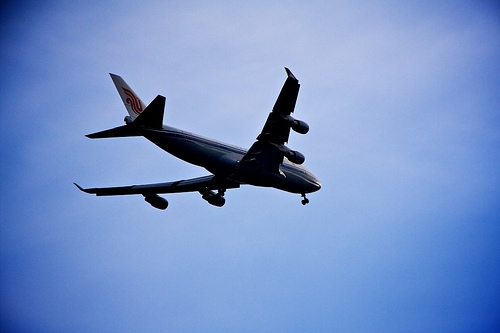
APAC airline traffic growth slows to six-year low in July
Load factor of 82.6% was below the global average of 85.7%.
Asia-Pacific airlines’ July traffic rose 2.7% YoY, down from the 3.9% YoY rise recorded in June in what marks the region’s weakest performance since early 2013, a report by the International Air Transport Association (IATA) revealed.
This was attributed to ongoing trade tensions as well as political issues in Hong Kong, which all reportedly weighed down on business confidence.
On the other hand, APAC capacity increased 2.4% and load factor rose 0.2 ppt to 82.6%, the third-slowest amongst regions globally and below the world average of 85.7%.
Globally, global passenger demand growth slowed for July, according to IATA. Although all regions posted traffic increases, the total revenue passenger kilometres (RPKs) rose 3.6% YoY, down from the 5.1% YoY growth recorded in June. Monthly capacity (available seat kilometers or ASKs) also rose by 3.2% YoY and average global load factor rose 0.3ppt to a record 85.7%.
The international air passenger market comprised 63.9% of the world share, whilst the remaining 36.1% came from domestic traffic.
Amongst APAC countries, China recorded its strongest domestic performance with an 11.7% YoY rise in July—an acceleration over the 8.9% YoY growth recorded in June, and its fourth consecutive month of growth. IATA noted that China’s growth was mainly due to the lower fares and more connections.
Japan’s domestic traffic also climbed 4.7% YoY in July, up from the 2.6% YoY in June. The report observed that business confidence and economic growth are relatively positive at the moment.
























 Advertise
Advertise






